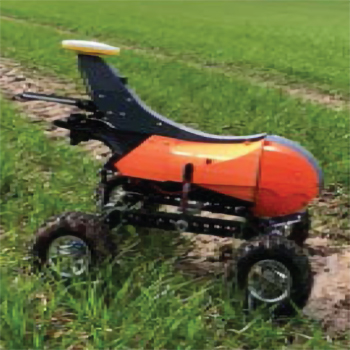In ancient Greek, bios means life, and mimesis means imitation. Biomimetics, or biomimicry, is the imitation of the models, systems, and elements of nature for the purpose of solving complex human problems. Biomim - icry is not a new concept; in fact, traces of the notion can be found in the past. For example, the rib structure of the Eiffel Tower (1884) was inspired by the human femur (thigh bone), and the Eddystone Lighthouse (1759), located in southern England, was modelled based on the shape of the oak tree. The structure remained intact for almost a century before it required repairs. John George Wood was an English priest in the nineteenth century; he devoted his life to writing about natural history. In 1885 he published Nature’s teachings – Human Invention Anticipated by Nature, in which he drew upon his lifetime of observations to produce a remarkable account of hundreds of human inventions and how they were linked to biological mechanisms. “It is that as existing human inventions have been anticipated by Nature, so it will surely be found that in Nature lie the prototypes of inventions not yet revealed to man. The great discoverers of the future will, therefore, be those who will look to Nature for Art, Science or Mechanics, instead of taking pride in some new invention, and then find that it existed in Nature for countless centuries” (J.G. Wood, 1885) The applications of biomimicry can be divided into four major areas, i.e., shape, surface, structure and production.



